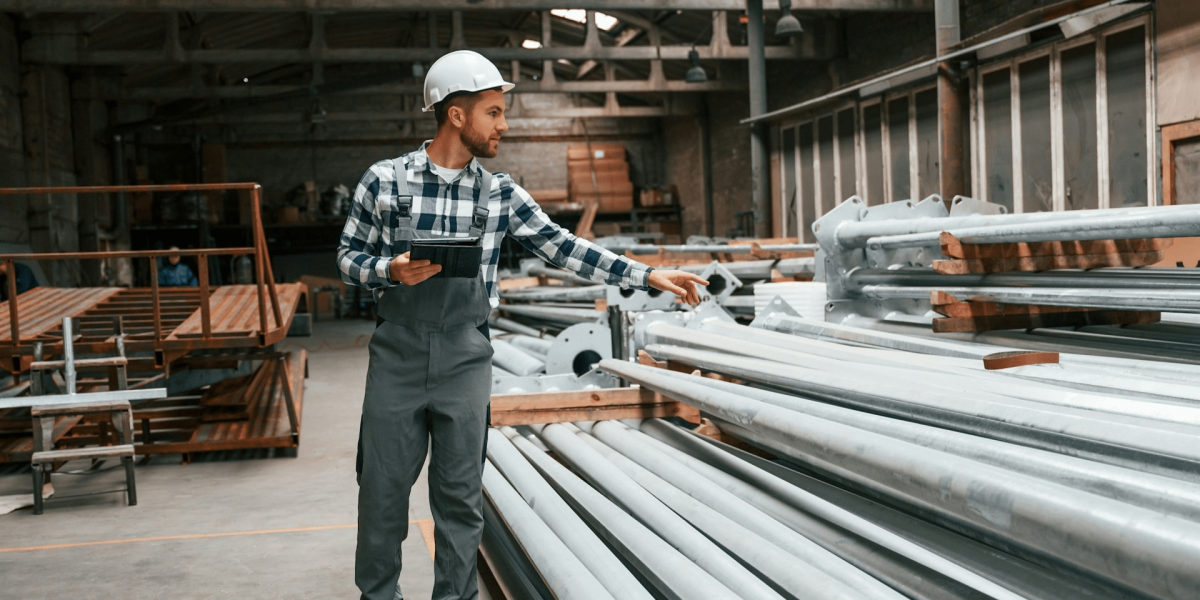The manufacturing sector in the United States has long been a crucial pillar of the country’s economy, contributing to economic growth, innovation, and job creation. Over the past few decades, however, the sector has faced challenges due to globalization, outsourcing, and technological changes. Recently, there has been renewed optimism for the resurgence of manufacturing in the US, driven by various factors including government policies, technological innovations, and reshoring efforts. This article explores the key factors behind the resurgence of the US manufacturing sector and the trends that are reshaping the industry.
Domestic Production Incentives
One of the driving forces behind the resurgence of the manufacturing sector is the renewed emphasis on domestic production incentives. Both federal and state governments are introducing policies to encourage companies to bring their manufacturing operations back to the United States.
Tax Credits for Manufacturing
The government has introduced tax credits and other financial incentives to encourage domestic manufacturing. These incentives are aimed at reducing the costs of setting up and maintaining manufacturing facilities in the US. By offering credits on investments in capital equipment, research and development, and worker training, the government hopes to make domestic manufacturing more competitive on a global scale.
“Made in America” Initiatives
The resurgence is also being supported by the growing “Made in America” sentiment, which encourages both businesses and consumers to prioritize goods manufactured within the US. Government initiatives to support American-made products are also strengthening the sector, with policies favoring domestic goods in federal procurement processes.
Technological Innovation and Automation
Technological advancements have significantly reshaped the manufacturing industry, with automation, robotics, and artificial intelligence (AI) playing critical roles in increasing efficiency and productivity.
Automation in Production
The introduction of automation in production has transformed traditional manufacturing practices, making it possible for companies to operate more efficiently and reduce the cost of production. Automated systems and robots can perform repetitive tasks with high precision and speed, improving output quality and minimizing human error.
Advanced Manufacturing Techniques
Technological innovations like 3D printing, machine learning, and Internet of Things (IoT) have further fueled the resurgence by enabling more customized and agile manufacturing processes. These advancements allow manufacturers to respond quickly to changing market demands while reducing waste and lowering production costs.
Workforce Development
As the manufacturing sector continues to evolve, so too must the workforce. The resurgence of manufacturing in the US is dependent on having a skilled labor force capable of adapting to the new technologies and systems that define modern production.
Job Training Programs
To address the growing demand for skilled labor, companies are investing in job training programs designed to equip workers with the necessary technical skills. These programs are often created in collaboration with local colleges, technical schools, and government agencies to ensure that the workforce is prepared for the high-tech nature of today’s manufacturing jobs.
Upskilling and Reskilling Workers
Many manufacturing companies are also focused on upskilling and reskilling their existing workforce. As automation and technology continue to shape the industry, workers need to be trained on how to operate advanced machinery and software. This ensures that employees remain valuable assets to their employers and are capable of handling the technological advancements in manufacturing.
Supply Chain Resilience
The COVID-19 pandemic exposed vulnerabilities in global supply chains, prompting companies to rethink their reliance on overseas production. As a result, supply chain resilience has become a key factor in the resurgence of US manufacturing.
Addressing Supply Chain Disruptions
Many companies are now shifting production back to the United States or nearshoring it to neighboring countries to avoid future supply chain disruptions. This strategy is aimed at reducing dependency on long, complex supply chains that can be disrupted by global crises, tariffs, or geopolitical tensions.
Localized Supply Chains
By focusing on more localized supply chains, manufacturers are better positioned to respond to fluctuations in demand and reduce the time it takes to get products to market. This enhances their ability to compete in the fast-paced, consumer-driven global economy.
Sustainability and Green Manufacturing
Sustainability has become an integral part of the resurgence in US manufacturing, with many companies focusing on green manufacturing practices to reduce their environmental impact.
Renewable Energy Integration
Many manufacturing facilities are now integrating renewable energy sources, such as solar and wind power, into their operations to reduce their carbon footprint. This shift towards renewable energy not only supports environmental goals but also helps companies reduce operational costs in the long term by lowering energy consumption.
Circular Economy Models
In addition to energy efficiency, manufacturers are also embracing circular economy models, which focus on reducing waste and promoting the reuse and recycling of materials. This approach aligns with broader sustainability goals and helps manufacturers reduce their reliance on non-renewable resources.
Government Policies and Investments
Government support is playing a crucial role in the resurgence of US manufacturing. From policy initiatives to direct investments, the federal and state governments are actively encouraging the growth of the sector.
Federal and State-Level Initiatives
The Biden administration has been a strong advocate for revitalizing American manufacturing. Through initiatives like the Infrastructure Investment and Jobs Act, significant federal investments have been allocated to modernize infrastructure, support domestic production, and strengthen supply chains. State governments have also launched programs to promote manufacturing through financial incentives, grants, and workforce development programs.
Trade Policies and Tariffs
Revised trade policies and tariffs have also incentivized companies to move manufacturing back to the United States. For example, tariffs on Chinese goods have led some companies to reconsider their reliance on overseas production, leading to an increase in reshoring efforts.
Reshoring of Manufacturing Jobs
The practice of reshoring manufacturing jobs that were previously outsourced to other countries is a key trend driving the sector’s resurgence. Reshoring not only brings jobs back to the US but also helps to rebuild local economies.
Reshoring Initiatives
Many companies that once moved production abroad to take advantage of lower labor costs are now returning to the US due to rising wages overseas, higher transportation costs, and the risk of supply chain disruptions. Reshoring initiatives are being supported by government policies that incentivize domestic production and discourage outsourcing.
Impact of Global Trade
The global trade environment continues to impact the US manufacturing sector, with shifts in trade agreements and international policies influencing decisions on production and supply chains.
Partnerships with Global Manufacturers
While many companies are reshoring, others are establishing partnerships with global manufacturers to diversify their supply chains and ensure access to critical materials. Strategic partnerships allow manufacturers to balance domestic production with international sourcing, optimizing cost efficiency and maintaining resilience in the face of global market changes.
Growth of High-Tech Manufacturing
The resurgence of US manufacturing is particularly evident in high-tech industries, such as semiconductors, aerospace, and pharmaceuticals. These sectors are experiencing significant growth due to advancements in technology and the increasing demand for specialized products.
Semiconductor Manufacturing
The global semiconductor shortage has highlighted the importance of building a strong domestic supply chain for these critical components. In response, the US government has introduced initiatives to boost domestic semiconductor production, further fueling growth in high-tech manufacturing.
The resurgence of the US manufacturing sector is driven by a combination of technological innovation, government support, reshoring efforts, and a renewed focus on sustainability. With investments in automation, workforce development, and supply chain resilience, the manufacturing industry is well-positioned to reclaim its status as a key contributor to the US economy. As companies continue to embrace high-tech manufacturing and green practices, the future of US manufacturing looks brighter than it has in decades, offering new opportunities for growth and job creation.







